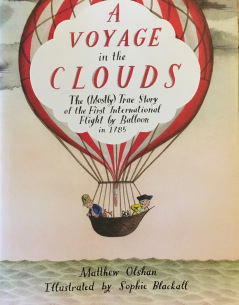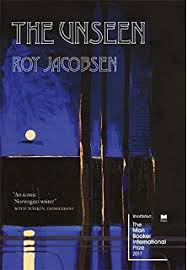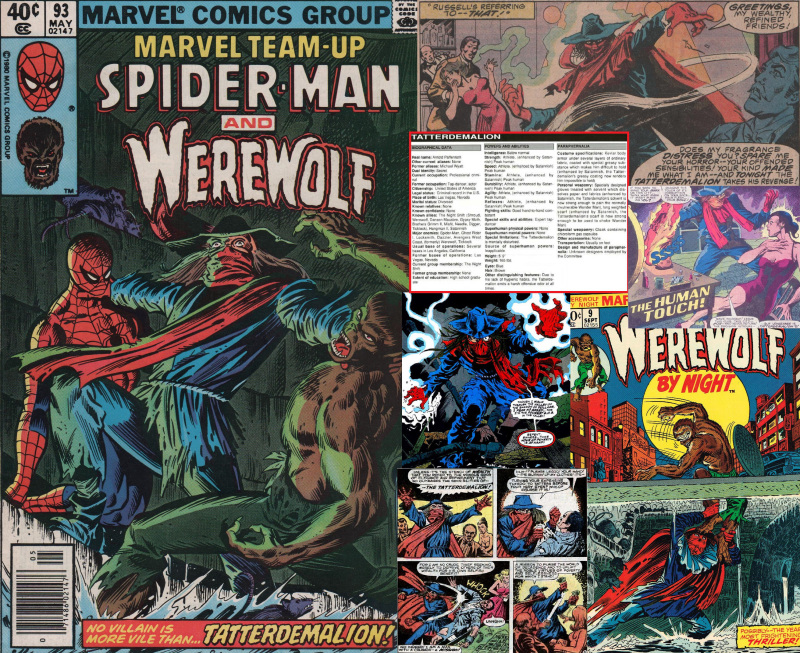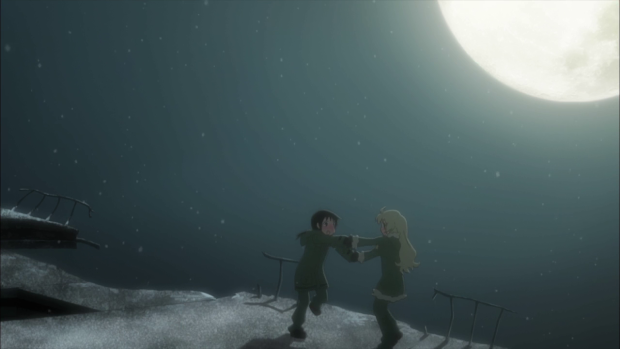Download links for: White Girl Bleed a Lot (5th Edition): The return of racial violence and how the media ignore it.


Reviews (see all)
Write review
This book shines a light on the racial violence. Must Read/10
I was astounded. Got me to thinking and opened my eyes.
Great book loaded with facts.
Disturbing.
Other books by Nonfiction
Related articles












![33839665[1]](/ai/088/023/88023.jpg)